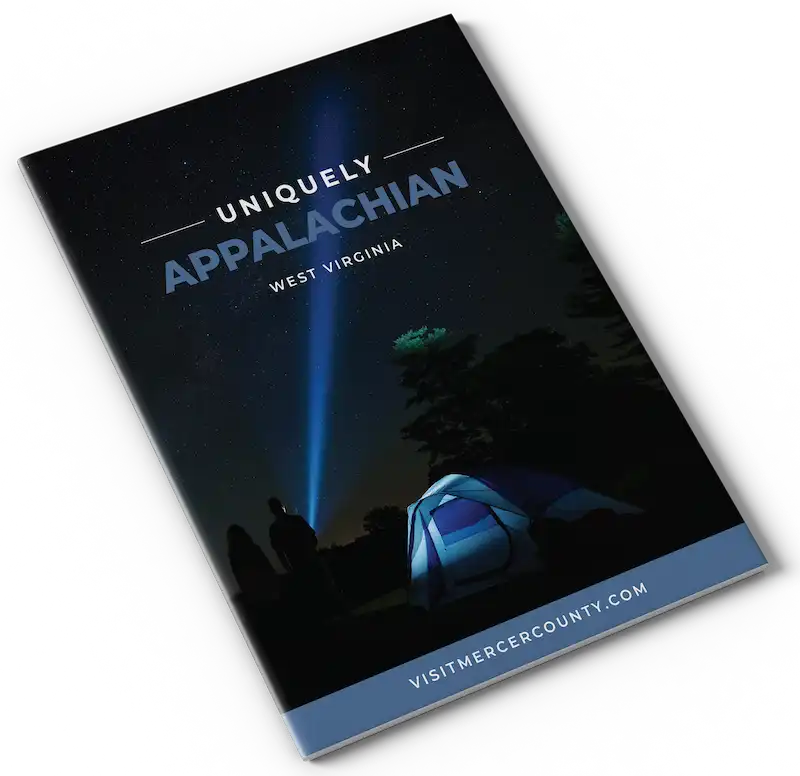A 2019 fall foliage guide for southern West Virginia
Last updated: August 30, 2021
Learn the science behind autumn and explore peak color in the mountains
By: Katherine Thompson, Chief Meteorologist, WVVA-TV
Autumn is upon us here in the Appalachian Mountains, and for me personally, it is one of the best times to simply be outdoors! While I’m not a botanist, your friendly local meteorologist did do a little digging into what weather ingredients tend to make the best fall color, and when that peak color for sight-seeing is expected to emerge this season.
The WVVA Weather forecast area, which consists of 5 Virginia counties and 10 West Virginia counties, lies just west of the Blue Ridge Mountains, where the Allegheny and the Cumberland Mountain chains meet.
Peak color times are highly dependent on elevation in our region. The northernmost and higher elevations of Greenbrier and Pocahontas Counties for example, at 3,000-4,500 ft, tend to reach peak color during late September to early October. While there are lots of “nooks and crannies”, most of our forecast area lies between 1,800 to 3,000 ft, which means most of us see the most color during late October.

Mercer County in particular lies in this category, but tourists may notice a changeover at some of the higher spots first. For example, Pinnacle Rock State Park will likely show peak color a little earlier than most of the Camp Creek State Park area and so on.
Local attractions and elevation

Camp Creek State Park -2,037 ft, Pinnacle Rock State Park – 2,745 ft., Pipestem Resort State Park – 2,690 ft., Glenwood Recreational Park – 2,428 ft., Bluefield City Park – 2,400 ft., East River Mountain Overlook – 3,500 ft., Brush Creek Falls – 2,585 ft., Bramwell/ATV trails – 2,251 ft.
Why do leaves change colors?
Leaf color comes from the different pigments in leaf cells. They are as follows:
- Chlorophyll (green) – trees use this in the spring and summer to absorb sunlight & produce food
- Carotenoid (yellow, orange, and brown) – same pigment in carrots, corn, etc.
- Anthocyanin (red) – same pigment in cranberries, cherries, strawberries…not all trees produce it.
During the fall, when the daylight hours become shorter, and the sun’s rays become less direct, the leaves will start to break down the Chlorophyll, exposing the other pigments (yellow, orange, red).

How does weather affect the fall color?
The best ingredients for fall color are warm, sunny days, and cool, but not freezing nights, especially if you want to see more red coloration. Early frosts can kill leaves before they have the chance to change.
We’ve had plenty of warm and sunny days recently, but our lack of rainfall through the months of August and September could hurt us more than help us. A prolonged dry period or drought can lead to less vibrant/dull colors, or can delay the peak times by a few weeks. Let’s hope for rain soon!
Katherine Thompson is the chief meteorologist for WVVA-TV. To keep up with southern West Virginia’s weather, click here to visit the WVVA Weather Team.







